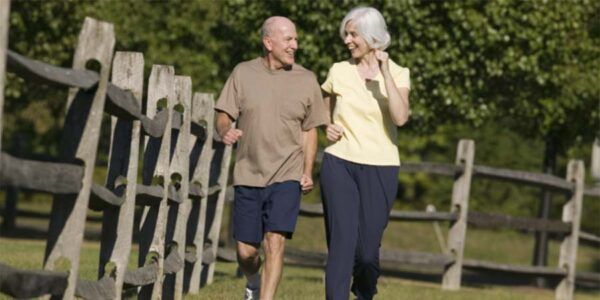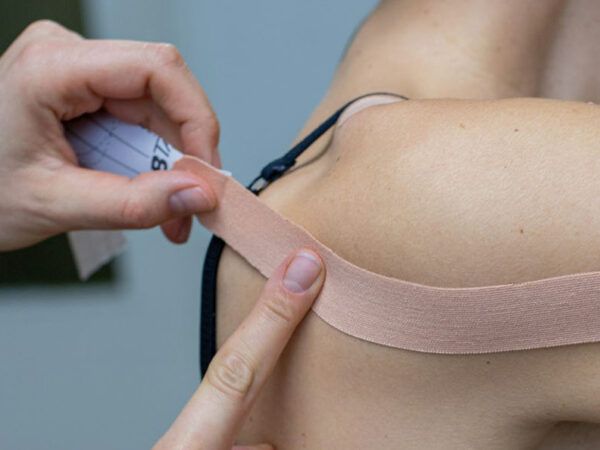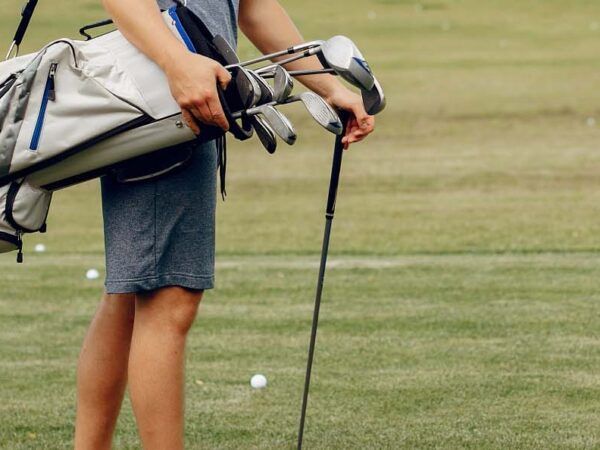Share article
What is walk without injuring your knees?

All our tips are great for everyone, and especially those aged 50+ who are looking to get more active during warmer weather
How to protect your knees to keep walking?
To keep walking on a regular basis, it will be essential for you to protect your knees. Here are ways to reduce injuries to your knees:
- Always perform a warm-up before walking – The warm-up should take about 20 minutes and should consist of general movements such as static marching and of dynamic stretches such as leg swings that target different muscles of the hips, knees and ankles.
- Always perform a cool-down – The cool-down should take about 10 minutes and consist of mainly static stretches of the legs that will help with the recovery of your muscles after exercise. Muscle groups to target are the quads (front of thighs), the hamstrings (back of thighs) and the calves (back of lower legs).
- Make sure you’re eating and drinking the correct amount of food and liquids – When your body is low on healthy fuel, fatigue can set in which often causes cramps and early muscle soreness.
Tips on how care for your knees before and after walking
Managing aches and pains after your walk is important when it comes to keeping them pain-free and healthy for a longer period of time. Here are a few ways you can prevent lingering aches and pains:
- Use ice – If you feel a nagging pain beginning or notice slight swelling, make sure to apply ice. The ice or cold pack can be wrapped in a small towel for 15-minute intervals, making sure the towel is dampened. The ice will reduce swelling and tenderness in the area. It will also help the muscles relax.
- Take it slow – Do not forget that your exercise levels may not be what they were. It may have been a while since the last time you went out for a walk. Make sure you take it easy, progress gradually and know your limits.
- Pick the right shoes – Improper footwear may be causing stress on your knees. The right shoes will absorb some of the shock from the pavement and will provide better stability to the knees and ankles.
- Do easy strengthening exercises – Seated exercises can help strengthen the knees. These exercises consist of knee extensions, leg lifts, knee lifts and leg curls. Next time you see your physiotherapist, ask them to demonstrate these simple movements.
If you are wondering if walking is the right exercise for you, here’s an article that can help you make that decision: Walking as a Form of Exercise?

- If you have pain and have been looking into getting some help, or simply wanting to know what the cause of your knee pain is, remember we are always here to help you!
- If you frequently injure yourself when starting your activity, or if you want to avoid injuring yourself while starting a new activity, you may need a musculoskeletal evaluation by a physiotherapist. Following the assessment, the physiotherapist will give you advice and exercises specific to your condition.
Book an appointment at our clinic with a physiotherapist.
Share article




